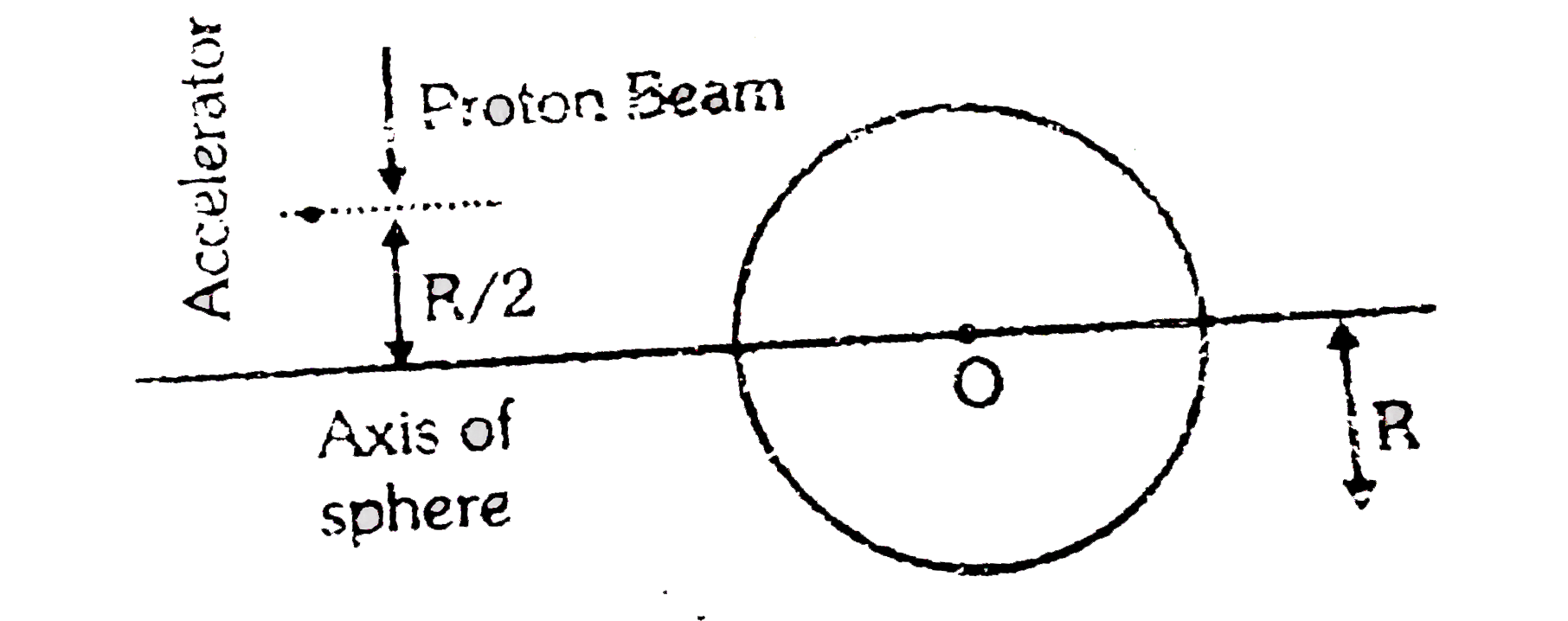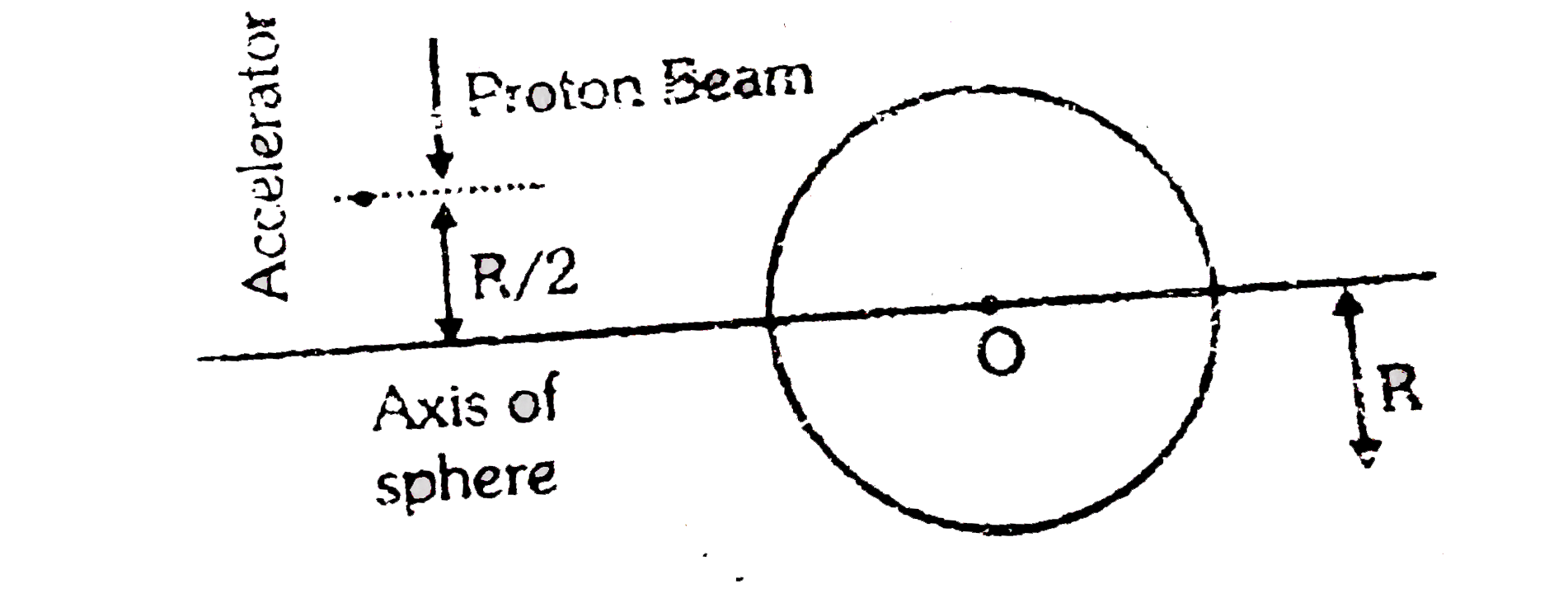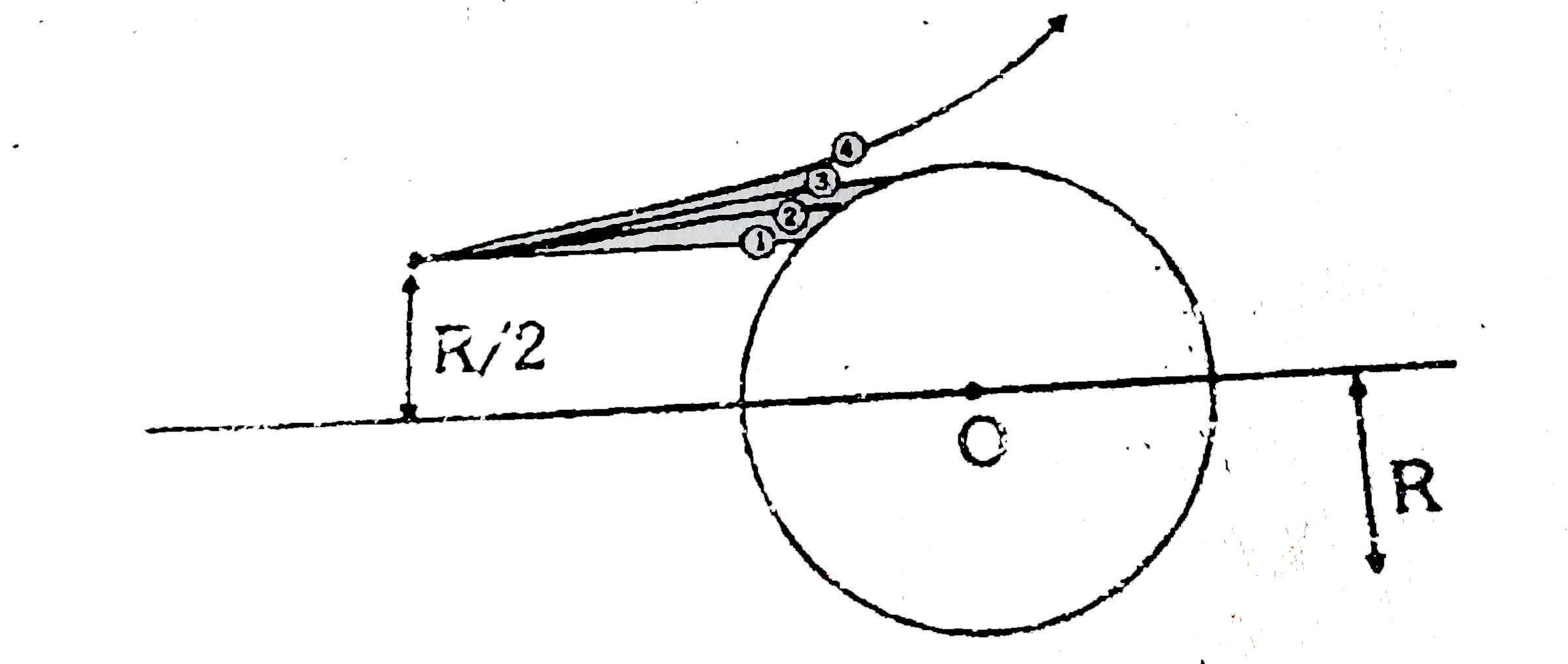Pick out the two scalar quantities in the following list: force, angular momentum, work, current, linear momentum, electric field, average force, angular momentum, work, current , linear momentum, electric field, average velocity, magnetic moment, relative velocity.
To solve the problem of identifying the two scalar quantities from the given list, we can follow these steps:
Step 1: Understand the Definitions
First, we need to understand the difference between scalar and vector quantities. Scalar quantities have only magnitude, while vector quantities have both magnitude and direction.
Step 2: Analyze Each Quantity
Now, let's analyze each quantity in the list:
1. Force: This is a vector quantity because it has both magnitude and direction (it can be expressed as mass times acceleration, which is a vector).
2. Angular Momentum: This is also a vector quantity as it has both magnitude and direction.
3. Work: Work is a scalar quantity because it only has magnitude and does not have a direction.
4. Current: Current is a scalar quantity as it represents the flow of electric charge and does not have a direction.
5. Linear Momentum: This is a vector quantity since it has both magnitude and direction.
6. Electric Field: The electric field is a vector quantity because it has both magnitude and direction.
7. Average Velocity: Average velocity is a vector quantity since it has both magnitude and direction.
8. Magnetic Moment: This is a vector quantity as it has both magnitude and direction.
9. Relative Velocity: Relative velocity is also a vector quantity since it has both magnitude and direction.
Step 3: Identify the Scalar Quantities
From the analysis, we find that the scalar quantities in the list are:
- Work
- Current
Final Answer
The two scalar quantities from the list are:
1. Work
2. Current
---
First, we need to understand the difference between scalar and vector quantities. Scalar quantities have only magnitude, while vector quantities have both magnitude and direction.
Now, let's analyze each quantity in the list:
2. Angular Momentum: This is also a vector quantity as it has both magnitude and direction.
From the analysis, we find that the scalar quantities in the list are:
- Work
- Current
The two scalar quantities from the list are:
1. Work
2. Current
Topper's Solved these Questions
- MOTION IN A PLANE BOOK - NCERT ENGLISHCHAPTER - MOTION IN A PLANE EXERCISE - EXERCISE
32 Videos
- MECHANICAL PROPERTIES OF SOLIDSBOOK - NCERT ENGLISHCHAPTER - MECHANICAL PROPERTIES OF SOLIDSEXERCISE - EXERCISE
21 Videos
- MOTION IN A STRAIGHT LINEBOOK - NCERT ENGLISHCHAPTER - MOTION IN A STRAIGHT LINEEXERCISE - EXERCISE
28 Videos
Similar Questions
Which physical quantities are expressed by the following ? (a) rate of change of angular momentum (b) moment of momentum
View SolutionDefine angular momentum, write its unit and obtain relation for angular momentum in terms of moment of inertia and angular velocity.
View SolutionThe angular momentum of a body with mass (m) moment of inertia (I) and angular velocity (ω) rad/s is equal to
View SolutionA particle with the position vector r has linear momentum p. Which of the following statements is true is respect of its angular momentum L about the origin ?
View SolutionA charge particle of mass m and charge q enters in a region of uniform magnetic field as shown in figure.The magnitude of change in linear momentum due to magnetic field will be

View SolutionAn accelration produces a narrow beam of protons, each having an initial speed of v0. The beam is directed towards an initially uncharges distant metal sphere of radius R and centered at point O. The initial path of the beam is parallel to the axis of the sphere at a distance of (R/2) from the axis, as indicated in the diagram.

The protons in the beam that collide with the sphere will cause it to becomes charged. The subsequentpotential field at the accelerator due to the sphere can be neglected. The angular momentum of a particle is defined in a similar way to the moment of a force. It is defined as the moment of its linear momentum, linear replacing the force. We may assume the angular momentum of a proton about point O to be conserved. Assume the mass of the proton as mP and the charge on it as e. Given that the potential of the sphere increases with time and eventually reaches a constant velue.
The limiting electric potential of the sphere is
View SolutionConsider the following two statements regarding a linearly polarized, plane electromagnetic wave:
The electric field and the magnetic field have equal average values.
The electric energy and the magnetic energy have equal average values.
View Solution(A): Two particles of same charge projected with different velocity normal to electric field experience same force
(R ): A charged particle experiences force, independent of velocity in electric field
View SolutionA charged particle of mass m and charge q is released from rest the position (x0,0) in a uniform electric field E0ˆj. The angular momentum of the particle about origin.
View SolutionAn accelration produces a narrow beam of protons, each having an initial speed of v0. The beam is directed towards an initially uncharges distant metal sphere of radius R and centered at point O. The initial path of the beam is parallel to the axis of the sphere at a distance of (R/2) from the axis, as indicated in the diagram.

The protons in the beam that collide with the sphere will cause it to becomes charged. The subsequentpotential field at the accelerator due to the sphere can be neglected. The angular momentum of a particle is defined in a similar way to the moment of a force. It is defined as the moment of its linear momentum, linear replacing the force. We may assume the angular momentum of a proton about point O to be conserved. Assume the mass of the proton as mP and the charge on it as e. Given that the potential of the sphere increases with time and eventually reaches a constant velue.
After a long time, when the potential of the sphere reaches a constant value, the trajectory of proton is correctly sketched as

View Solution
